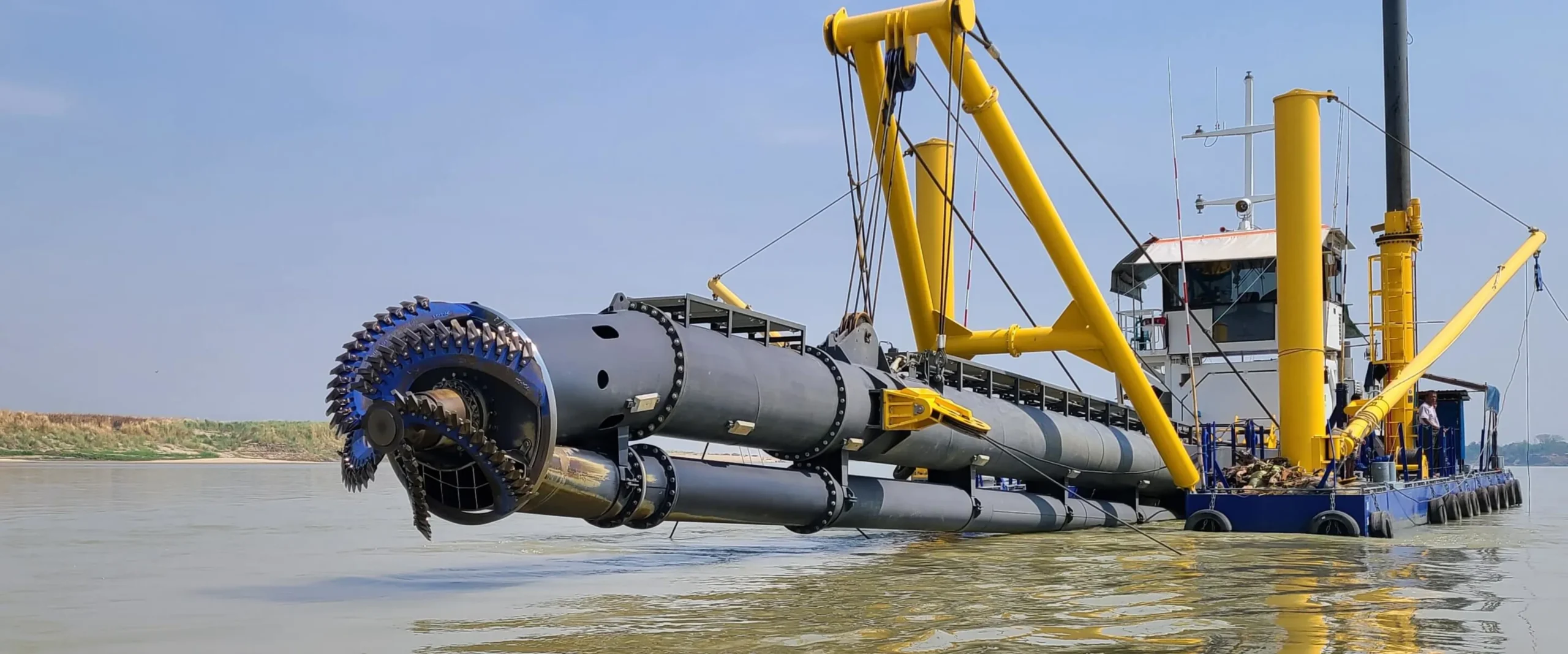From Methods to Equipment: Understanding the Inner Workings of Dredging Operations
Introduction
Dredging, the process of excavating and removing sediments and debris from the bottom of water bodies, plays a crucial role in various industries, including construction, navigation, and environmental management. But how exactly does dredging work? In this article, we’ll delve into the inner workings of dredging, exploring its methods, equipment, and applications.
Understanding the Basics
At its core, dredging involves the removal of material, such as silt, sand, mud, or rocks, from the bed of rivers, lakes, harbors, and other water bodies to deepen channels, create new waterways, or reclaim land. This process is essential for maintaining navigable waterways, preventing flooding, restoring ecosystems, and facilitating construction projects like ports and bridges.
Methods of Dredging
Dredging operations employ various techniques depending on the specific requirements and environmental conditions. Some common methods include:
- Mechanical Dredging
- Mechanical dredging involves the use of heavy machinery, such as excavators, dredges, or clamshell buckets, to physically excavate and remove sediment from the water bottom.
- Excavators equipped with specialized attachments can scoop up sediment and deposit it into barges or trucks for disposal or reuse.
- Cutter suction dredgers are another type of mechanical dredging equipment that uses a rotating cutter head to loosen sediment, which is then pumped as a slurry to a designated disposal area.
- Hydraulic Dredging
- Hydraulic dredging utilizes the force of water to loosen and transport sediment. It involves the use of powerful pumps that suck up sediment and water, creating a slurry mixture.
- The slurry is then pumped through pipelines to disposal sites or processing facilities where the sediment can be dewatered and treated before disposal or reuse.
- Environmental Dredging
- Environmental dredging focuses on removing contaminated sediments to restore water quality and habitat health.
- Specialized techniques and equipment are used to minimize the spread of pollutants during dredging operations, such as containment barriers and sediment traps.
Equipment Used in Dredging
Dredging requires a range of specialized equipment tailored to the specific method and conditions of the project. Some essential equipment includes:
- Dredges: These are vessels or machines equipped with excavation tools and pumps for removing sediment from the water bottom.
- Pumps: High-capacity pumps are essential for hydraulic dredging, providing the force necessary to transport sediment as a slurry.
- Pipeline and Hoses: Dredging pipelines and hoses are used to transport slurry from the dredging site to disposal or processing facilities.
- Excavators and Attachments: Excavators equipped with buckets, grabs, or cutter heads are commonly used for mechanical dredging operations.
Applications of Dredging
Dredging serves a variety of practical purposes across different industries and sectors:
- Navigation: Dredging maintains shipping channels and harbors, ensuring safe passage for vessels of various sizes.
- Flood Control: Dredging helps to mitigate the risk of flooding by increasing the capacity of rivers, lakes, and drainage channels to carry water.
- Environmental Remediation: Dredging can remove contaminated sediments to restore water quality and habitat health in polluted water bodies.
- Construction: Dredging creates land for infrastructure projects such as ports, bridges, and waterfront developments.
FAQs
How does dredging benefit the environment?
Dredging can benefit the environment by removing contaminated sediments, restoring water quality, and enhancing habitat health in polluted water bodies. Environmental dredging techniques are designed to minimize the spread of pollutants and promote ecosystem recovery.
How does technology influence dredging operations?
Advancements in technology have led to the development of more efficient and environmentally friendly dredging equipment and techniques. Remote sensing, data analysis, and automation play increasingly significant roles in optimizing dredging processes and minimizing environmental impact.
What are the challenges associated with dredging?
Dredging operations may face challenges such as sediment disposal, environmental impact mitigation, and regulatory compliance. Balancing the need for sediment removal with environmental protection is essential for sustainable dredging practices.
What are the primary applications of dredging?
Dredging serves multiple purposes, including navigation channel maintenance, flood control, environmental remediation, and land reclamation for construction projects like ports and bridges. It plays a vital role in water resource management and economic development.
What equipment is used in dredging operations?
Dredging operations require specialized equipment such as dredges, pumps, pipelines, and excavators. These tools are essential for excavating and removing sediment from water bottoms efficiently and effectively.
What are the different methods of dredging?
There are several methods of dredging, including mechanical dredging, hydraulic dredging, and environmental dredging. Each method involves specific techniques and equipment tailored to project requirements and environmental conditions.
Who conducts dredging operations, and how are they regulated?
Dredging operations are typically conducted by government agencies, private contractors, or specialized dredging companies. Regulatory agencies oversee dredging activities to ensure compliance with environmental laws and permits, safeguarding water quality and ecosystems.
What is dredging, and why is it important?
Dredging is the process of removing sediment and debris from water bodies to maintain navigable channels, prevent flooding, restore ecosystems, and facilitate construction projects. It’s crucial for various industries and environmental management.
Dredging is a vital process that enables the sustainable management of water resources and supports various economic activities. By understanding the methods, equipment, and applications of dredging, we can appreciate its importance in maintaining healthy waterways and supporting human development. As technology continues to advance, dredging practices will evolve to meet the growing demands of society while minimizing environmental impact.
